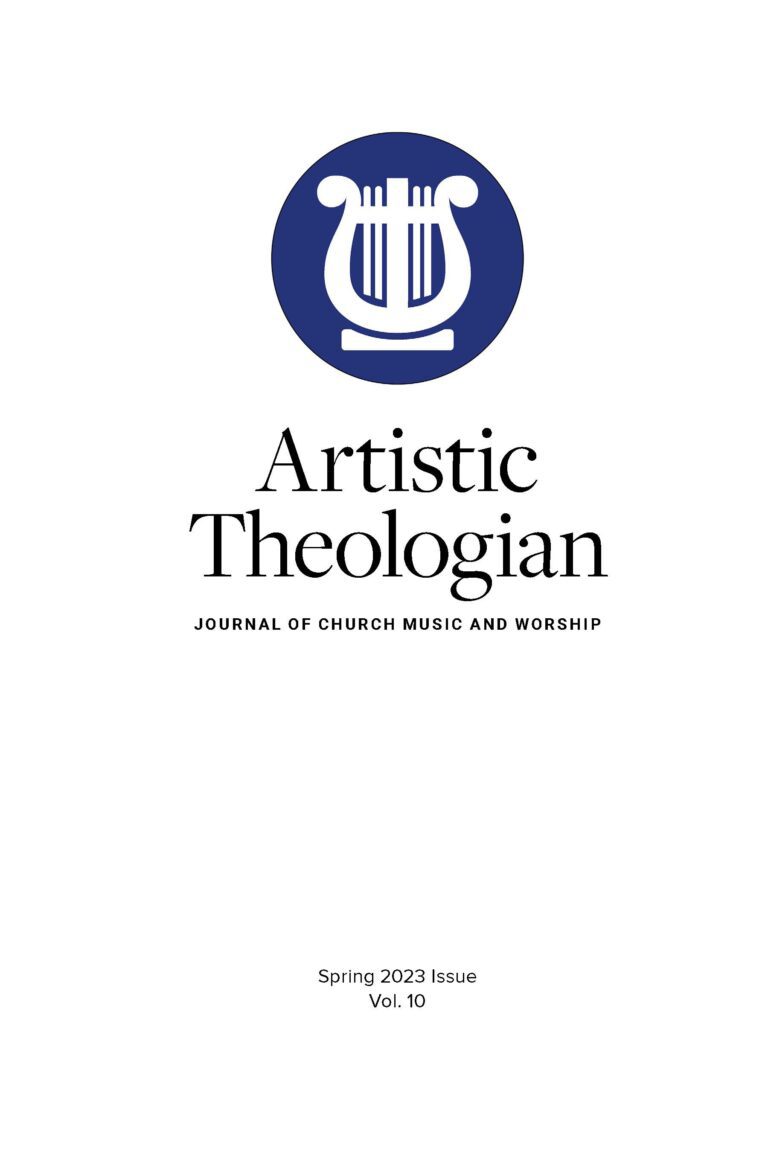
Ingalls, Monique M. Singing the Congregation: How Contemporary Worship Music Forms Evangelical Community. New York: Oxford University Press, 2018. 272 pp. $41.66.
Monique Ingalls is Associate Professor of Music and Director of Research and Graduate Programs in Church Music at Baylor University. She holds a Ph.D. in the Anthropology of Music from the University of Pennsylvania. She also serves as the senior editor of the Congregational Music Studies book series for Routledge Press.
In Singing the Congregation Ingalls argues that the idea of “the congregation” has become much more fluid in regard to contemporary worship practices. It is no longer confined to the inside of a traditional church sanctuary or worship center. She better explains this as she writes, “The central aim of this book is to identify how the collective performance of contemporary worship music shapes the activities that evangelicals define as ‘worship’ and how these musically centered performances have brought into being new social constellations” (4). She goes on to explain that these “constellations” are new congregations in her mind formed around shared experiences of worship.
Chapter 1 addresses the congregation formed around concert worship experiences. Worship concerts draw on some preexisting expectations of worship, and they often reinforce some practices of evangelical worshipers, but, as Ingalls states, “They promote new songs and styles and, crucially, help to set aesthetic expectations and discipline the worshiping body in particular ways” (42). This is very important, because by understanding the worship concert activities as “worship” shapes what evangelicals expect of a “worship experience” in other settings such as their home church.
In Chapter 2, Ingalls turns her attention to conference worship experiences. Ingalls describes conferences as “gatherings of evangelicals across denominations, regions, and sometimes nations to a central location where a powerful, memorable mass ‘worship experience’ with thousands of other believers is one of the main draws” (72). She believes that attendees to these conferences share two things in common: they are pilgrim gatherings, and they are eschatological communities. Conference attendees are transported from their normal religious setting and experience a glimpse of heaven.
Ingalls then addresses the voice of local church congregations within this contemporary matrix. Song repertoire, style, and performance are all integral parts of local church worship ministry, and she writes, “Examining how local church congregations navigate choices between competing musical options for worship provides crucial insights on how they understand and negotiate various sources of religious authority and how music is used to establish, maintain, or challenge ecclesial traditions” (111).
Chapter 4 is a fascinating chapter dealing with the concept of public worship displayed in worship marches. Ingalls writes, “In marching, the central goal was to confront and defeat the powers of evil by proclaiming the rule of the Kingdom of God in those places. The rule of the Kingdom was both announced and enacted (if temporarily) through the worshipful proclamation of the gathered assembly—through ‘lifting up the name of Jesus’” (147). This is taking the act of worship into the public square for the main purpose of taking part in spiritual warfare. The idea of pushing back the darkness undergirds the thought process of march organizers.
The final “congregation” that Ingalls addresses is one formed around worship on a screen. This mode of congregating extends the congregation into the virtual realm. Many people participate in worship through the use of digitally projected song lyrics or video elements. Ingalls notes, “The networked mode of congregating centered around these audiovisual worship experiences challenges the boundaries between public and private worship as it blurs the lines between individual, institutional, and industry authority” (172). In this type of worship the screen plays a central role. She concludes her work with several thoughts, but they can be summarzied as she writes, “Understanding congregations as social groups that are defined by shared practices rather than fixed structures enables us to gain a more accurate picture of contemporary religious practice and experience” (207).
The observations that Ingalls makes in this book help the reader to understand the way things are, not how they used to be or how the church wants them to be or needs them to be. This is vital because it allows honest assessment of where the church is. If the church ever wants to grow or change or improve, then she must be honest about her current state. This is also important because it helps worship pastors and leaders lead worshipers to be on the same page about the meaning of the activities they are participating in.
In the way of critique, Ingalls only offers observational information in Singing the Congregation. There is no evaluation of the data found in the work. Admittedly, this does fall within the scope she sets at the beginning of the work. However, it would have been helpful for there to be some evaluative commentary either within each chapter or in the conclusion. Overall, the work that Ingalls has compiled in this volume is invaluable to those seeking a way forward as the church worship landscape continues to change.





